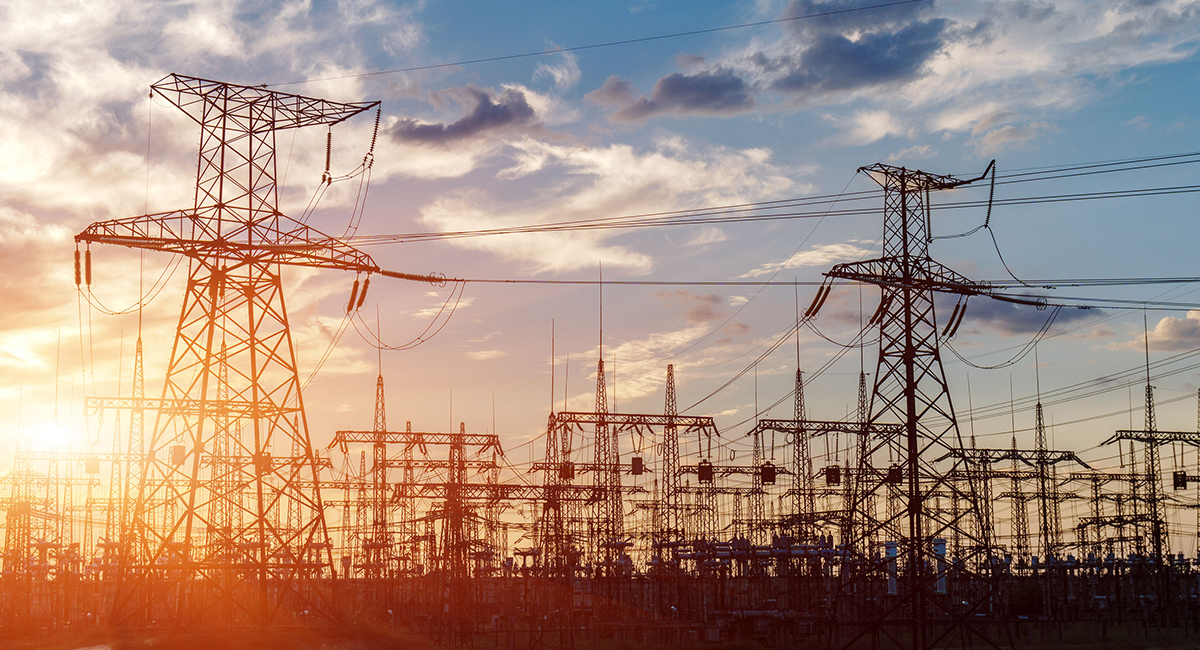Whether you live in the summer-scorched South, the winter-frozen North or along one of our nation’s coasts, electricity is central to your life. Yet the Biden administration—ignoring reality—continues to push policies forcing the shutdown of coal-burning power plants before reliable replacement power from renewable energy becomes available.
From the heating, cooling and lighting of homes and businesses to powering the production and operation of our economy, Americans would be immeasurably poorer and less healthy without uninterrupted connection to the electrical grid. How that electricity is best generated has been transformed from a question involving engineering and economics to one hinging on politics and the competing interests of powerful pressure groups, especially the “green” lobby and fossil-fuel industry.
Looming electricity shortages are not a climate-change denier’s doomsday scenario. If we see a repeat of last summer’s heat waves, as Texas has been experiencing, and people fail to heed warnings to conserve power, peak electricity demand in more than half of the country will outstrip available supplies. The risk of winter power shortages is even more worrisome, since many homeowners could be left freezing in the dark.
Electricity reserves in the mid-Atlantic, Midwest, West and Central states from Texas to the Dakotas are far less than adequate, according to the North American Electricity Reliability Corp. (NERC). Reserves are dropping because coal, gas and nuclear power plants are being retired faster than they’re being replaced. As a result, “the system is closer to the edge,” John Moura, NERC’s director of reliability assessment, said recently.
The Federal Energy Regulatory Commission (FERC) has warned of dire consequences from the accelerating loss of baseload capacity. Appearing recently before the Senate’s Energy and Natural Resources Committee, headed by Sen. Joe Manchin, D-W.Va., FERC Commissioner Mark Christie said “the United States is heading for a reliability crisis. I do not use the term ‘crisis’ for melodrama, but because it is an accurate description of what we are facing.”
Christie said the core problem is that too many available generating resources—coal, natural gas and nuclear plants—are being mothballed too quickly, threatening utilities’ ability to keep the lights on. Last December during a frigid winter storm, coal, natural gas and fuel oil provided 94% of the additional power consumed when demand peaked.
Yet even as FERC was warning that the country is at elevated risk of blackouts in the months ahead, the U.S. Environmental Protection Agency exacerbated the problem by issuing new power-plant emissions standards that, in effect, will dismantle baseload coal and natural gas capacity by 2030, undermining the grid just as the administration ramps up its vision of an all-electric, all-renewable future.
How much electricity will be required? The projections are stunning, showing that switching industrial processes to run on clean electricity supplied by solar and wind farms—so-called “electrification”—could increase annual electricity demand by 6,000 to 10,000 terawatt hours. Just 1 terawatt hour, according to Duke Energy, is enough power to “light over 1 million homes for a year.” The 6,000 to 10,000 that would be needed is, at a minimum, about 50% more than today’s total national electricity demand (4,300 terawatt hours).
Another problem is that adding solar and wind power to the nation’s electricity system requires modernizing the grid, an extremely slow and costly undertaking. According to FERC, just 552 miles of new high-voltage electric transmission lines, which minimize distance-related power losses, were added in the first 11 months of 2022. That’s less than half the previous year, and far below what is needed to accelerate the move to solar and wind power.
PJM’s grid, the nation’s largest, supplying electricity to 65 million people from Delaware to Illinois, is a case in point. Annual spending on power transmission in the PJM region (most of it low-voltage) has increased 14% since 2014, but the bulk of it has gone to maintaining existing lines. Spending on new transmission infrastructure fell 67% in the same period.
The threat of brownouts and blackouts squashes the idea that solar and wind power can replace fossil fuels fully anytime soon, if ever. Coal continues to play a vital role in many states and communities, providing energy security and ramping up supply during periods of surging demand. We can’t walk away from baseload coal generation if we are going to produce the large amounts of power required for electrification in the years ahead.
The Biden administration sees climate change as an existential threat. But it’s pushing the United States down a dangerous path that risks chronic electricity shortages in much of the nation.











